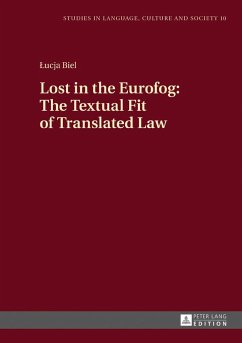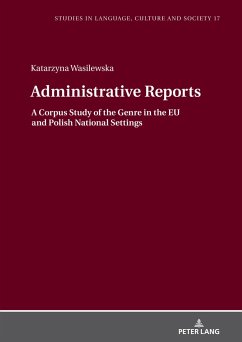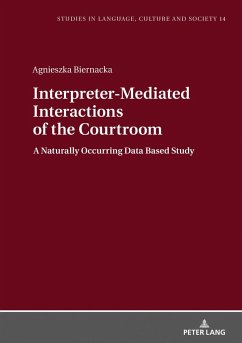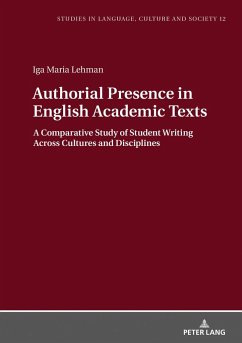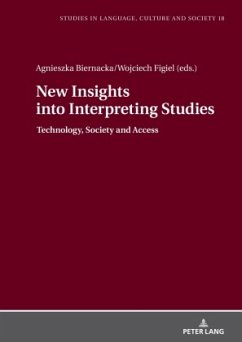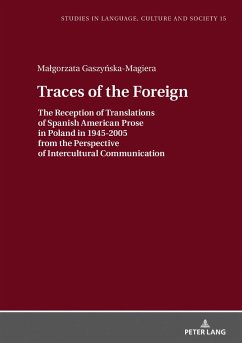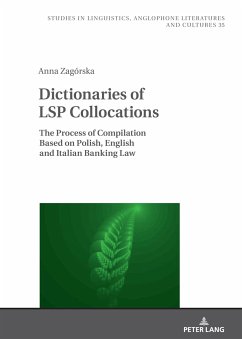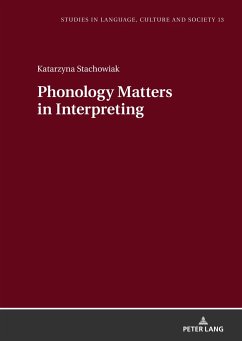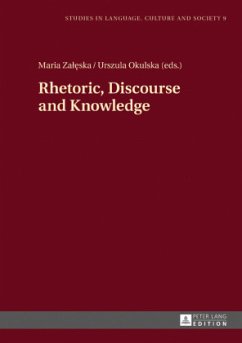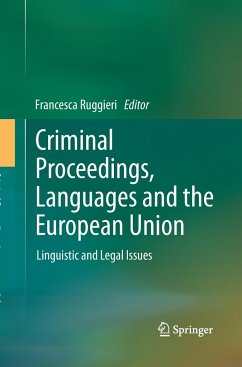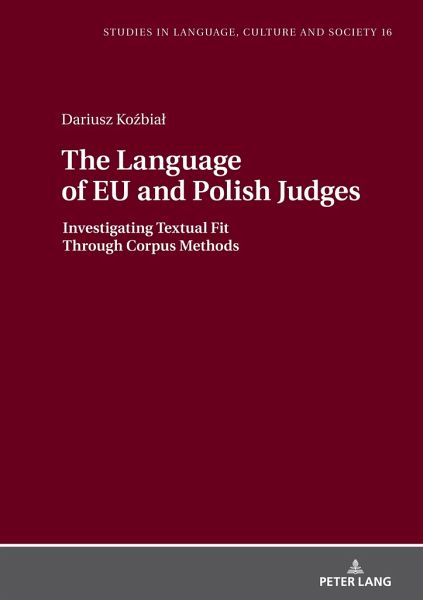
The Language of EU and Polish Judges
Investigating Textual Fit Through Corpus Methods
Versandkostenfrei!
Versandfertig in 6-10 Tagen
72,55 €
inkl. MwSt.

PAYBACK Punkte
0 °P sammeln!
This book is an in-depth study of EU judicial language and its impact on the language of national judges. It is the first comprehensive study of the judicial variety of the Polish Eurolect. The book applies the intertextual relation of textual fit and corpora of EU and Polish judgments to empirically measure the linguistic distance between translations and non-translations. It analyzes both the level of genre macrostructure and the microstructure (lexis and grammar, formulaicity, terminology). This interdisciplinary monograph explores a distinct European, translation-shaped variety of judicial...
This book is an in-depth study of EU judicial language and its impact on the language of national judges. It is the first comprehensive study of the judicial variety of the Polish Eurolect. The book applies the intertextual relation of textual fit and corpora of EU and Polish judgments to empirically measure the linguistic distance between translations and non-translations. It analyzes both the level of genre macrostructure and the microstructure (lexis and grammar, formulaicity, terminology). This interdisciplinary monograph explores a distinct European, translation-shaped variety of judicial language which departs from the conventions of judicial Polish. The volume is essential reading for researchers in legal linguistics, legal translation and genre analysis.





